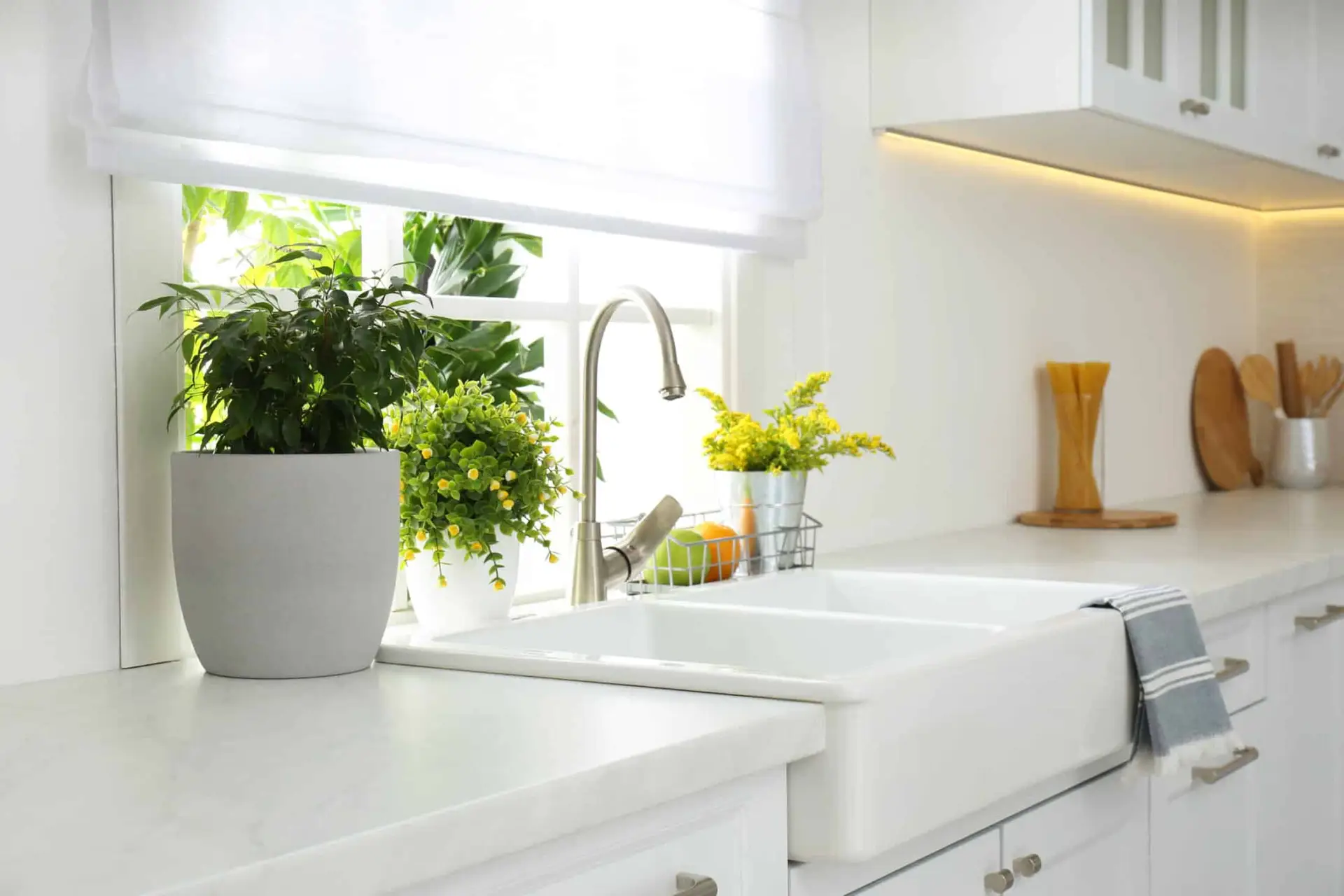People often think we only work on very large houses or large rooms, but that is not always the case. Frequently we are called upon to design smaller square footage projects, like urban condominiums, where space is a premium. As interior designers, we are experts at designing three-dimensional spaces for living. We consider the space plan, entrance and egress, the natural light, the artificial light, balance, proportion, scale, function and aesthetics. We manipulate the space to make the user feel their environment the way we intended it to be felt. Often our goal is for the viewer to experience the space as much larger than it really is. So how do we do that? Here are some tricks of the trade to make a smaller space feel larger.
Light Walls
This is a no-brainer, obviously the lighter the walls the larger the space will feel. Light walls reflect light and reflected light makes a room feel larger. There are thousands of shades of white and one can go crazy picking the right one, but they can also be a great backdrop for what else is to come.

Dark High-Gloss Walls
This may not be so obvious, but a very dark color, like black, can make a space feel larger, especially when it is a high-gloss finish. The high-gloss walls act as a mirror and reflect the room and therefore the viewer’s eye doesn’t stop at the wall plane but sees the reflection beyond which makes the room feel larger.

Six Sides Alike
There are six sides to a room, not four. Don’t forget the floor and ceiling. By having all six planes of a room be the same value (light to dark) the room will feel larger. So light walls, light ceiling, light floor or dark wall, dark ceiling, dark, floor. All six sides treated with the same value will make it harder to judge the size of the room. Contrasting values will do the opposite, light walls with a dark floor or dark walls with a white ceiling will “chop-up” a room and define the limits of the space and make it feel smaller.

Mirrors
This too is a no-brainer, but it frequently is done incorrectly. We all know mirrors can make a room feel larger, however one must consider what the reflection of the mirror is going to be. If it’s not reflecting something you want to see, don’t do it. You may not help the room and only make it worse. When mirroring a wall or hanging a mirror, always remember “the angle of incidence equals the angle of reflection.” That’s one to Google!

For more tips and tricks of the trade keep following our blog at wpldesign.wpengine.com/blog
For more tips on making smaller rooms look larger, see How to Make Smaller Rooms Feel Larger: Part 2




